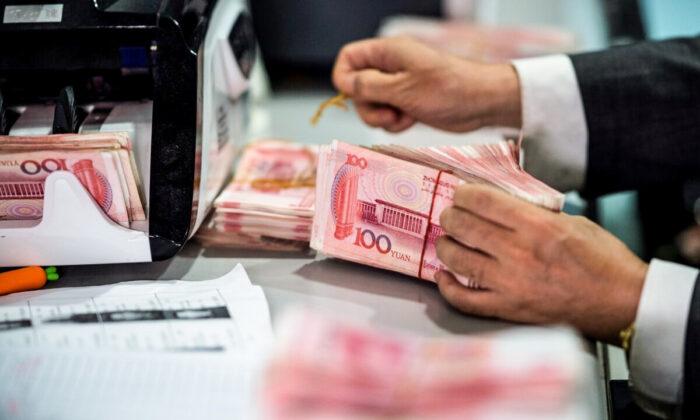China’s stock market rebounded more than 10 percent from the bottom since end-October. Analysts made buy calls against the backdrop of relieving COVID-19 measures. While the market was up, some funds flow statistics are not showing a consistent net inflow in recent days. And the rebounds of other markets like U.S., UK, and Europe over the same period of time were much stronger. Although the Chinese yuan is getting stronger, it is not easy to deduce a clear conclusion about funds flow from these fragmented pieces of information.
Yet, funds flow is somehow different from capital flow despite both being kinds of money. Funds normally refer to the spare money (liquidity) invested or speculated everywhere, usually in the financial market and in the shorter term. But capital has a more specific definition in economics: It is an input factor of production. Thus, capital is generally of the longer term and not confined to the financial market. Funds outflow may not pose too much harm to an economy, but capital outflow is different. In practice, however, the two are not easily distinguishable from data.
The discussion of outflow must associate with inflow first. Inflow is, by definition, not the domestic money created but money from elsewhere, and is in form of foreign currency (mostly US dollars) if the domestic currency is not internationalized. To earn foreign capital on day one, the country must export some goods (or services) or has an investment platform (that is, a financial market) to let money in. These are, respectively, the capital and financial accounts on the liability side of the Balance of Payments. Any amount not showing here is likely due to smuggling.

Instead of showing the quarterly data of the Balance of Payments, the accompanying chart gives the trade balance (of goods only), and the balance of foreign exchange (FX) settled and sold. The substantial rise in the trade balance is a good indicator to show the majority of net exports have been in goods rather than services since the COVID-19 outburst. However, the declining balance of FX settled and sold and FX reserves in recent months showed the contracting economic activities. Since there is a high chance of a global recession in the next year, China will probably experience a twin outflow—in both capital and financial accounts.
Recently, senior government officials realized the problem and planned to relieve the COVID-19 measures. But this is already too late, similar to the relief of the one-child policy. More fundamentally, the break-up with Western countries makes outflow permanent and will be irrecoverable.





